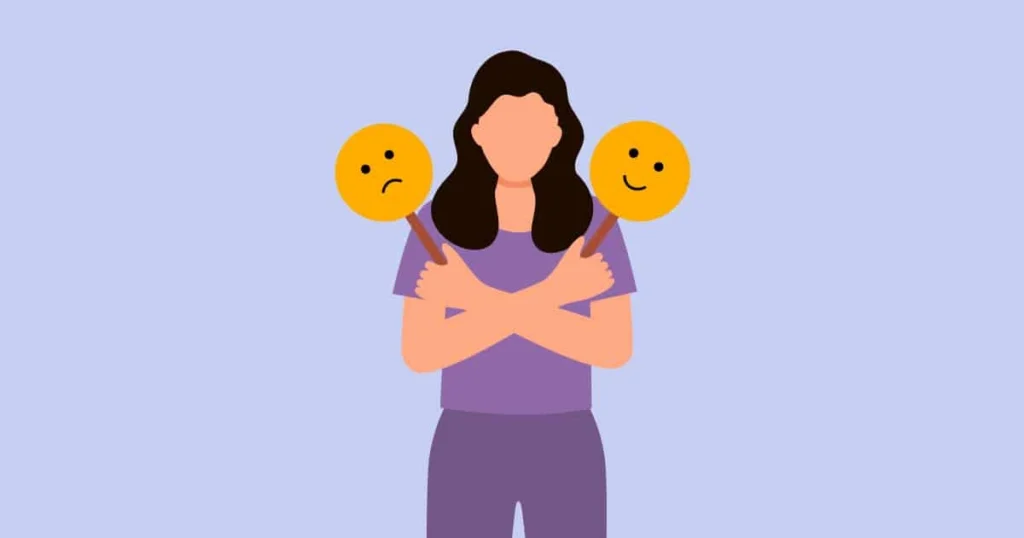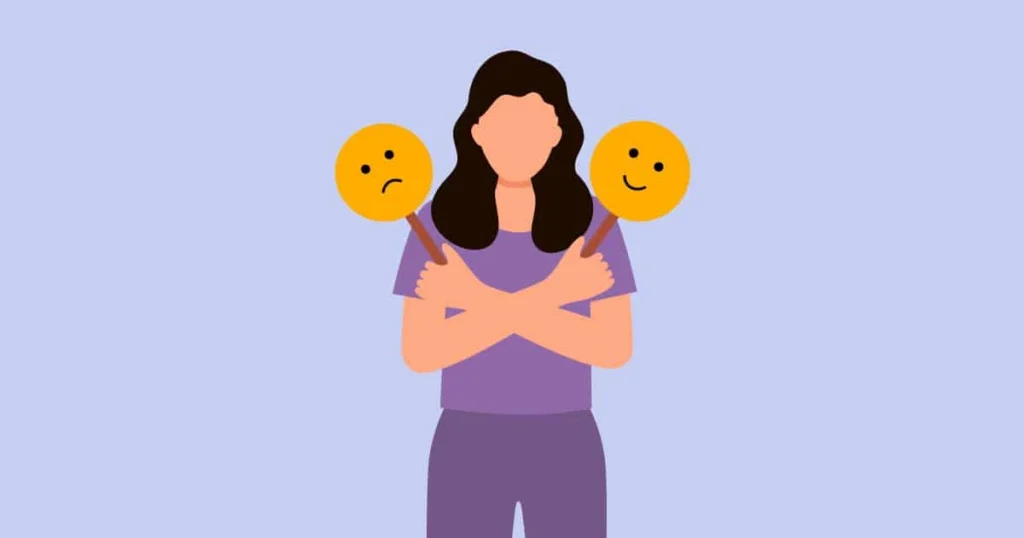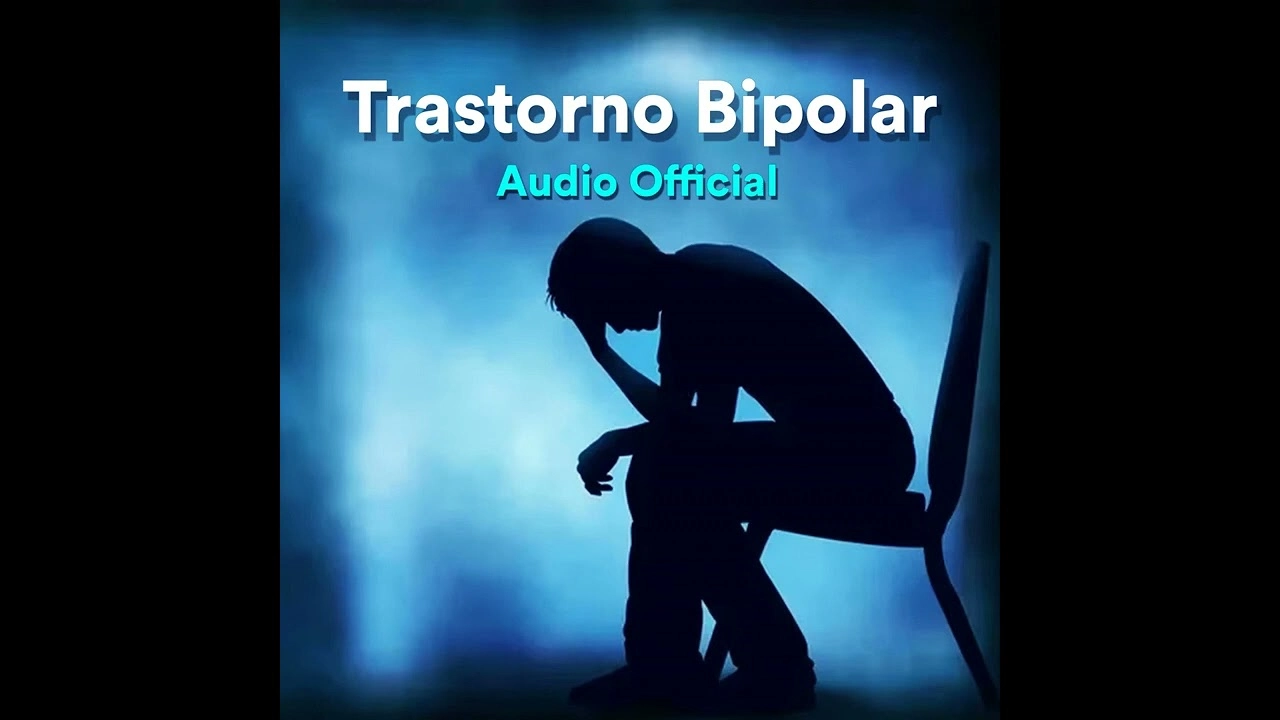ICD 10 Bipolar Disorder: To guarantee consistency in diagnosis, therapy, and research, mental health diagnoses depend on standardized classification systems. Published by the World Health Organization (WHO), the International Classification of Diseases, 10th Revision (ICD-10) is one such globally recognized category.

The ICD-10 helps to define the diagnostic codes, subtypes, and clinical characteristics of mental health illnesses, including bipolar disorder. This blog article digs deeply into ICD-10 bipolar disorder to help people, families, and medical professionals grasp how the disease is classified and treated.
The ICD-10 is what?
A medical classification list called the ICD-10 codes for diseases, symptoms, aberrant findings, and exterior causes of injury. Health statistics, insurance claims, and clinical diagnoses all use it all around. Standardized codes for mental and behavioral diseases, including bipolar disease, are provided by ICD-10 in the field of psychiatry.
For mental health experts, ICD-10 is used with the DSM-5 (Diagnostic and Statistical Manual of Mental Disorders). Many nations outside the United States, however, depend mostly on the ICD system, so it is absolutely critical for world medical communication.
ICD-10 codes for bipolar disorder
Under the F30–F39 block, which is the area for “Mood [affective] disorders,” bipolar disorder in the ICD-10 system falls. The F31 code particular for bipolar disorder, spans a range of subtypes to reflect the whole range of bipolar manifestations.
F31 Subgroups: Bipolar Affective Disorder
Rather than group bipolar disease under one diagnosis, the ICD-10 divides it into many thorough subtypes depending on the kind, degree, and stage of the illness. The major groupings under F31 are as follows:
F31.0: Bipolar Affective Disorder, Current Episode Hypomanic
When a person is now in a hypomanic episode and has had at least one additional episode of either mania, hypomania, or depression sometime previously, this classification is applied. Although hypomania is a milder form of mania still characterized by raised mood, increased activity, and irritability but does not cause major disability.
F31.1: Bipolar Affective Disorder, Present Episodic Manic without Psychotic Symptoms
This holds true when the person is having a manic attack, devoid of delusions or hallucinations. The person has a history of at least one depressive or hypomanic episode and exhibits significant impairment in social and job performance.
F31.2: Bipolar Affective Disorder, Now Manic With Psychotic Symptoms
This kind of mania is characterized by psychotic symptoms, including delusions or hallucinations, in addition to the manic episode. Usually concordant with the mood (mood-congruent), grandiosity or paranoia, the psychosis is
F31.3: Bipolar Affective Disorder; Moderate or Mild Depression Current Episode
This category is employed when the present episode is melancholy yet not so serious as to severely impair performance or necessitate a hospital stay. Still, it satisfies the requirements for a bipolar diagnosis.
F31.4: Bipolar Affective Disorder, Current Episode Major Depression Without Psychotic Symptoms
This diagnosis is made when the depressive episode is bad but lacks psychosis. Often including feelings of worthlessness, guilt, and suicidal ideas, the symptoms are severe and debilitating.
F31.5: Bipolar Affective Disorder: Current Episode Severe Depression With Psychotic Symptoms
This group is utilized when a major depressive episode is accompanied by psychosis, i.e. hallucinations or delusional guilt. These situations often need intense psychiatric treatment.
F31.6: Bipolar Affective Disorder now in remission
This applies if the person has had past episodes of bipolar disorder but is now symptom-free or in complete remission.
F31.7: Currently mixed for bipolar affective disorder
Concurrent symptoms of both mania and depression define a mixed episode, including suicidal thoughts alongside increased energy and racing thoughts, agitation, and insomnia.
F31.8: Other Bipolar Affective Disorders
When the presentation doesn’t clearly belong under the specified subcategories yet satisfies the overall requirements for bipolar illness, this is utilized.
F31.9: Bipolar Affective Disorder, Unspecified
Should there not be enough information to establish a more specific diagnosis, this code is used.ecific subtype, this code is used as a placeholder diagnosis.
How ICD-10 Bipolar Codes Are Utilized in Clinical Practice
Bipolar disorder in the ICD-10 goes beyond just a code. It helps research data gathering, eligibility for services, and treatment decisions. Used in:
- Facilities and hospitals to register mental disease diagnoses.
- billing and insurance to support coverage of mental health treatment.
- Government health records to evaluate mental health requirements at the population level.
- Scientific investigation for consistency in clinical trials and studies.
ICD-10 and DSM-5 Bipolar Classification Variation
Though both the ICD-10 and DSM-5 seek to define and classify bipolar illness, there are some distinctions:
- Particularly Bipolar I, Bipolar II, and cyclothymic illness, the DSM-5 provides more specifics about bipolar subtypes.
- The ICD-10 groups according to the present mood episode and historical symptom patterns.
- While the DSM-5 is mainly U.S.-centric, the ICD system is more adaptable in international applications.
- Many of healthcare professionals cross-reference several systems in the course of diagnosing and treating patients.
Importance of Correct ICD-10 Diagnosis for Bipolar Disorder

Using the right ICD-10 code for bipolar disorder, a correct diagnosis guarantees the patient gets proper care and services. An imprecise or nebulous diagnosis can produce:
- Delayed or improper therapy.
- Not qualified for disability benefits or insurance coverage.
- Poor medical record documentation impacts long-term care.
A person exhibiting psychotic symptoms, for instance, would need a different medication and supervision than someone experiencing hypomanic episodes. ICD-10 coding’s specificity allows for more tailored treatment.
Global Mental Health Policy and ICD-10
Particularly in underdeveloped nations with poor mental health infrastructure, adopting worldwide standard codes like ICD-10 F31 helps to influence public health policy. Data collected from ICD-10 coding helps governments and NGOs to:
- Follow bipolar disorder occurrence and prevalence statistics.
- Design mental health service funding and resource distribution.
- Launch public awareness campaigns customized to match local demands.
The ICD-10 categorisation goes beyond clinical; it builds connections between advocacy, policy, and healthcare.
Difficulties Diagnosing Bipolar Disorder with ICD-10
Notwithstanding its use, the ICD-10 standard has problems:
- Comorbidity with other diseases like anxiety or substance misuse can complicate coding.
- Mixed episodes are frequently misinterpreted or underdiagnosed.
- Certain countries do not have extensive ICD code usage instruction available.
Furthermore, the system is changing. Although adoption is still continuing in many areas, the ICD-11, released in 2022, provides updated classifications.
In Conclusion: Dealing with Bipolar Disorder with ICD-10
The ICD-10 classification of bipolar disorder offers a strong framework for understanding, diagnosing, and managing this complex mental illness with its subcategories from F31.0 to F31.9. It reflects the wide spectrum of mood episodes—from hypomania to severe depression with psychosis.
Knowing these codes helps both patients and providers better plan treatment, communicate, and have access to treatment. ICD-10 is a useful tool in the path toward mental health whether you are going through a diagnosis, seeking help, or doing research.







